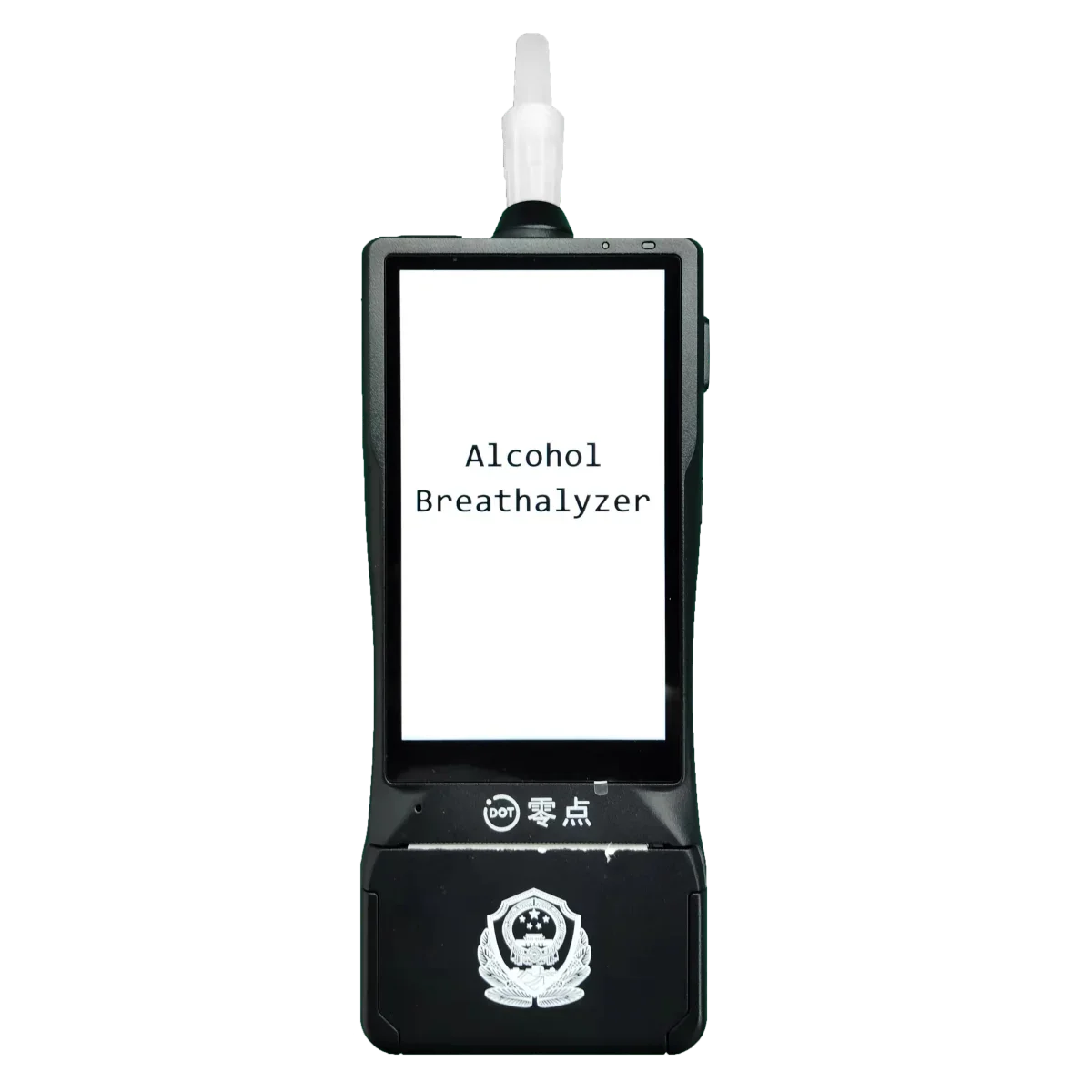- This topic is empty.
-
AuthorPosts
-
2024-03-13 at 11:37 am #1300
As society pays increasing attention to the problem of drunk driving, alcohol testers, as a fast and effective detection tool, are widely used in traffic law enforcement and other fields. However, in actual operation, many factors may affect the accuracy of the tester and thus the fairness of the test results. This article will explore these influencing factors in detail to better understand and use alcohol testers.
1. Ambient temperature and humidity
Alcohol testers are usually used in outdoor environments, so the temperature and humidity of the environment will affect the performance of the device. In high-temperature environments, the evaporation rate of alcohol will accelerate, which may lead to higher test values; while in low-temperature conditions, the moisture in the exhaled gas will easily condense, affecting the collection of samples. In addition, high humidity environments will also affect the response speed and accuracy of the sensor.
2. Calibration and maintenance of tester
To ensure the accuracy of alcohol testers, regular calibration and maintenance are essential. If the instrument has not been calibrated for a long time, its test results may be biased. Improper maintenance or excessive use can also cause the sensor sensitivity to decrease and affect test results.
3. How to use by operators
Correct operation is the prerequisite for obtaining accurate measurement results. Operators must operate in accordance with procedures to ensure the standardization of the sampling process. For example, the air blowing should be continuous and stable, and the air blowing time should meet the requirements of the tester. Improper operation may result in insufficient or contaminated samples, thereby affecting the accuracy of the test values.

4. Physiological factors of the subject
Some physiological states of the person being tested, such as body temperature, heart rate, vital capacity, etc., may affect the test results. For example, the absorption and metabolism rate of alcohol in the body varies among individuals and is affected by factors such as diet, gender, and weight. In addition, the use of certain medications may interfere with test results.
5. Tester design and technology
Different models and brands of alcohol testers, their design and the technology used will also affect the accuracy of the test results. Advanced devices often use more advanced sensors and algorithms to analyze breath alcohol concentration faster and more accurately. The aging of equipment and technological upgrading are also factors that must be considered.
6. The impact of oral disinfectants and breath fresheners
Using alcohol-containing oral hygiene products before taking a breathalyzer test may result in higher initial test results. This is because the tester may detect residual alcohol in the mouth rather than blood alcohol content.
7. Cross-sensitivity issues
Some alcohol testers may also be sensitive to other chemicals, such as some foods or drinks that contain alcohol. This requires law enforcement officers to ensure that the person being tested has not ingested such substances within a specified period of time before using the tester.
8. Problems of sample contamination
If the person being tested has consumed alcohol or used alcohol-containing products just before the test, the breath sample may be contaminated, resulting in inaccurate test values. Therefore, sufficient observation and questioning of the subjects are required before administering the test.
The accuracy of alcohol testers is affected by many factors. Understanding and controlling these factors is critical to improving the accuracy and reliability of test results. This not only involves the performance and maintenance of the tester itself, but also includes external environmental conditions, the professionalism of the operator, and the individual differences of the people being tested. Through comprehensive management and standardized operating procedures, the efficiency and fairness of alcohol testing can be significantly improved, ensuring traffic safety.
-
AuthorPosts
- You must be logged in to reply to this topic.